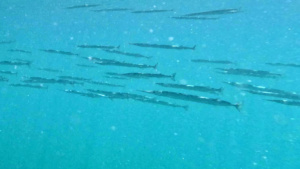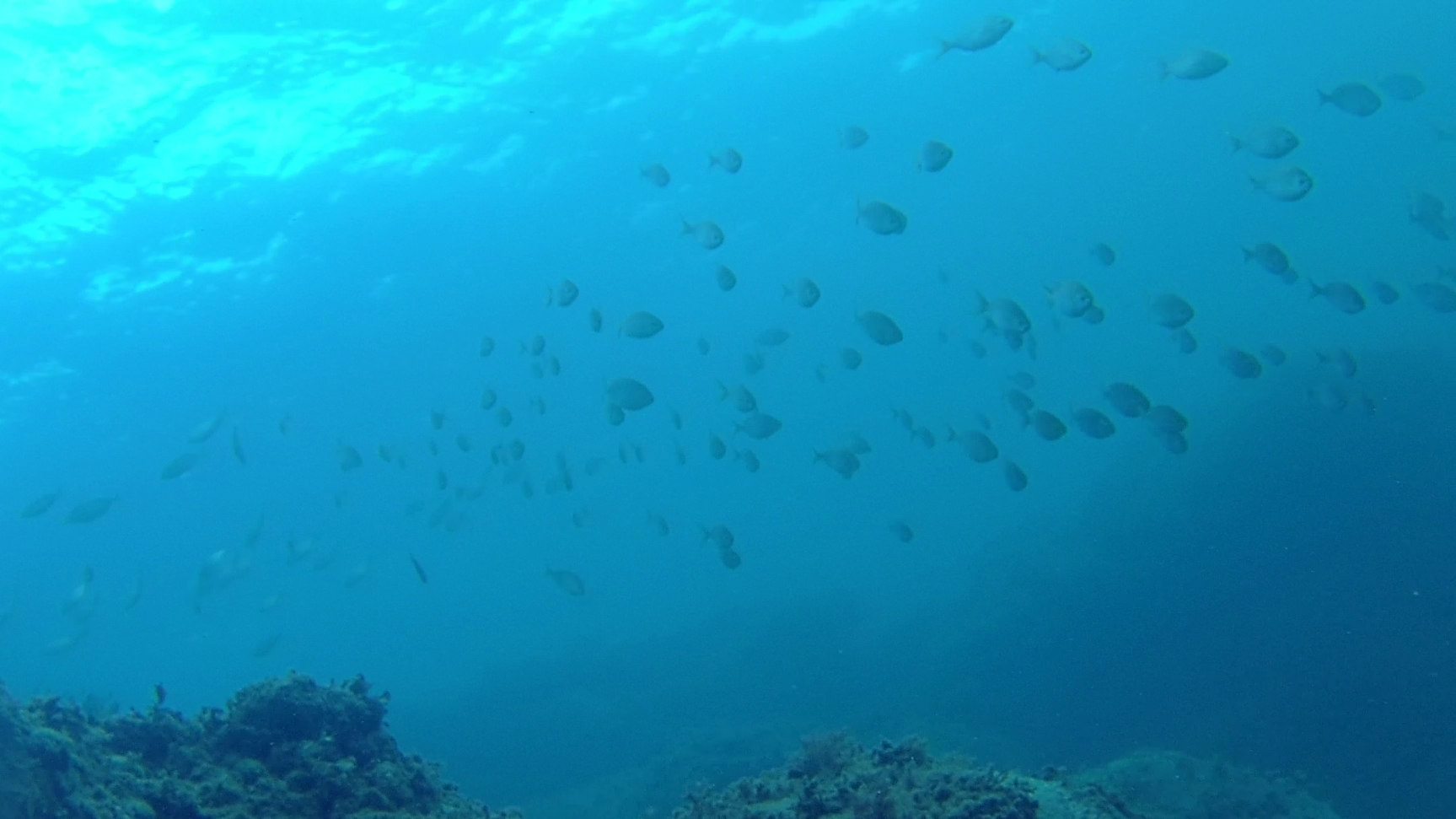Part of this video we did in 2020 on the wreck of the British Loyalty ship in the Maldives in Addu Atoll. At the end of the war in 1946, British Loyalty was towed away from the shipping channels and sunk. The ship continued to pollute the coral reef with the death of various organisms present for a long time. So surely for at least twenty years the ship did not act as a substrate for the most important marine incrustations. As you can see, the stern of the ship is currently completely covered by Tubastraea micranthus corals in a luxuriant way and of a considerable height. corallo tubastraea micranthus
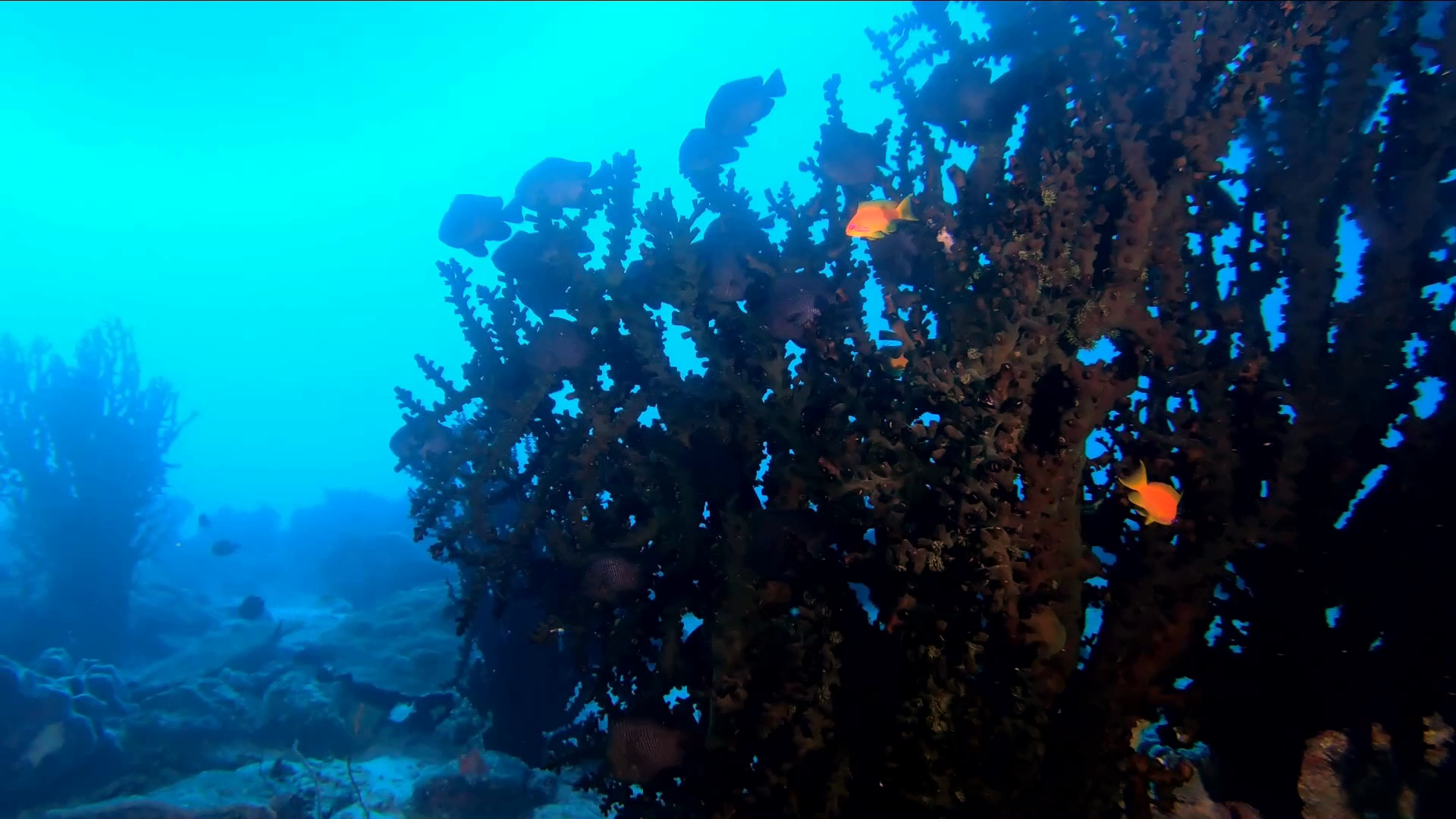
Black Turret coral – Corallo Tubastraea micranthus – intotheblue.it
Black Turret coral, Tubastraea micranthus, also known as sun coral or sun polyps, is a genus of coral in the phylum Cnidaria. It is a cup coral in the Dendrophylliidae family. Sun corals belong to a group of corals known as large-polyp stony corals. This means that while they produce a hard skeleton, they do not build reefs. Different species have polyps in a variety of colors, including yellow, orange, and shades of black. Unlike most shallow water corals, Sun corals are not photosynthetic. Tubastraea do not host zooxanthellae, the simbiotic algae that provides energy to the coral via photosynthesis. Instead, they are heterotrophic, and extend long tentacles at night to catch passing zooplankton; their large polyp size allows them to take relatively large zooplankton.
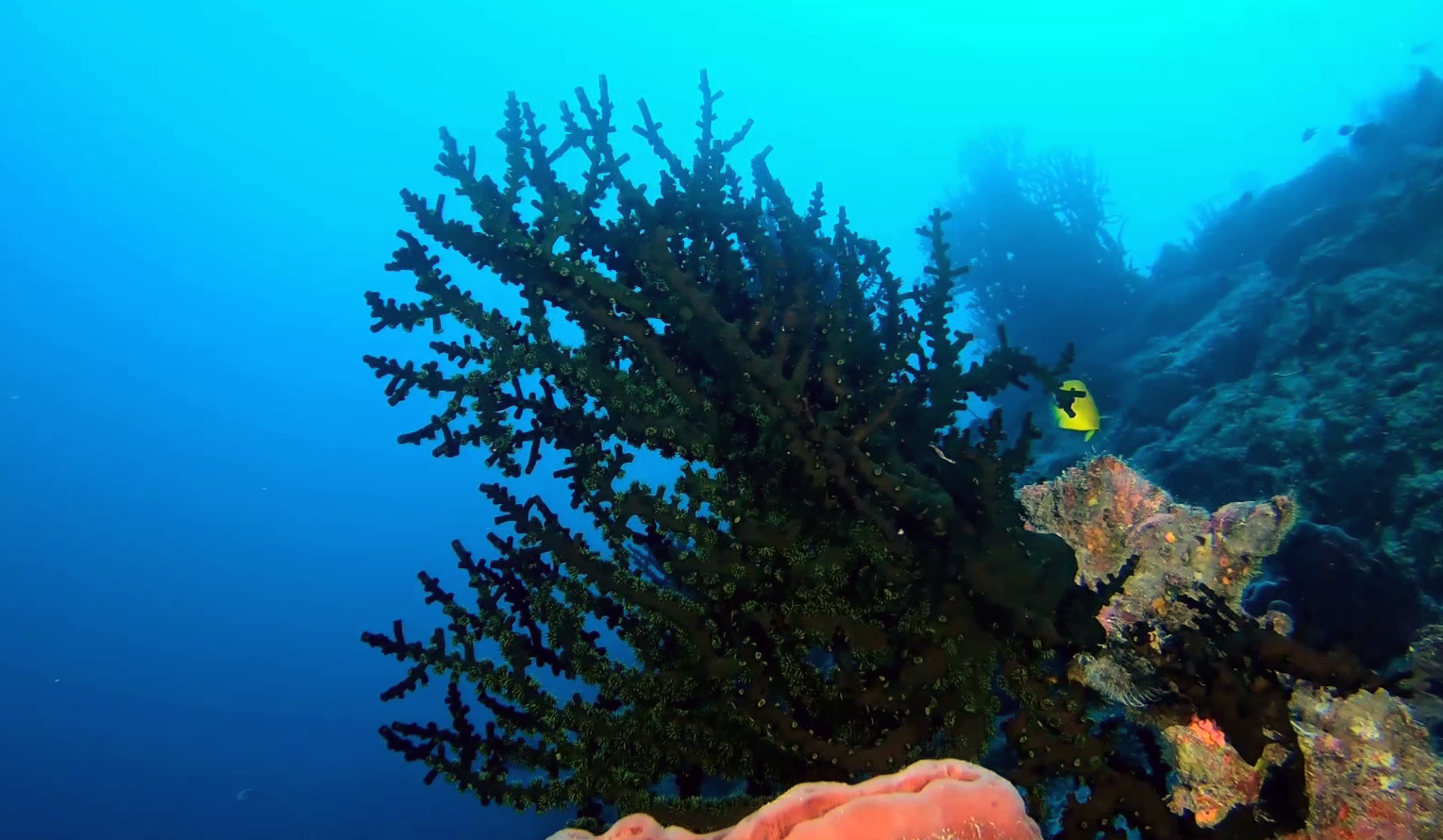
Black Turret coral – Corallo Tubastraea micranthus – intotheblue.it
Tubastraea is often found in deep waters because they do not require sunlight for nourishment. They often colonize on artificial surfaces – such as ship wrecks – for this reason. Reproduction occurs sexually during the summer, spring, and winter seasons. After fertilization, the female corals will carry the eggs as the offspring develop within her gastrovascular cavity and are released as larvae. After being released, the larvae disperse and eventually settle on rocky seafloors “cementing” their skeletal structure to a rock. Once cemented, the coral will grow and reside there for the rest of its life.
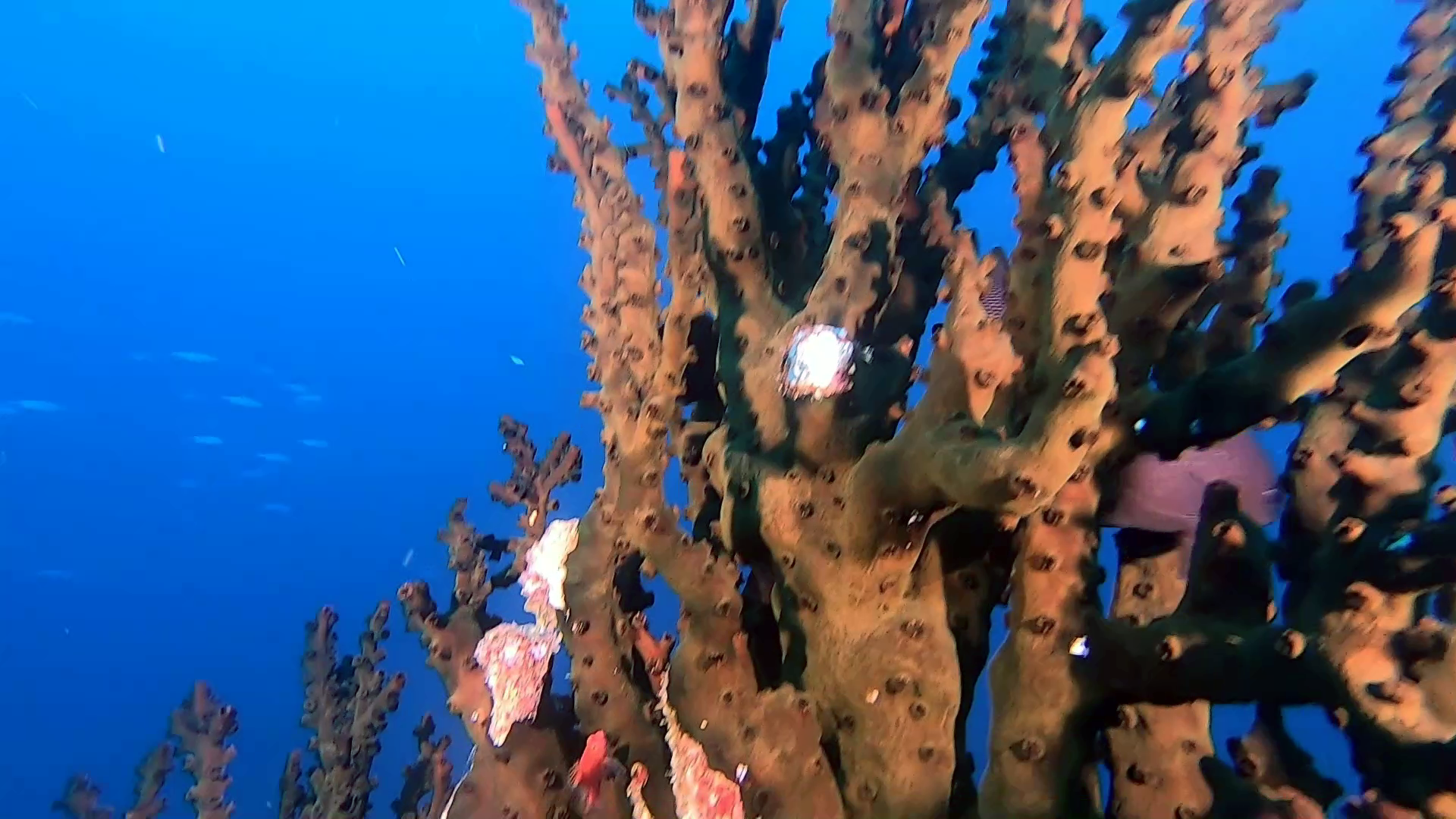
Black Turret coral – Corallo Tubastraea micranthus – intotheblue.it
Tubastraea are considered one of the easier non photosynthetic corals to keep in captivity. Their polyps will take relatively large foods such as fish flakes and frozen mysis shrimp; feeding all the polyps once every other day is sufficient for survival, though faster growth is obtained if they are fed daily. Their polyps typically open only at night, but they can be coaxed to come out during the day with food. The largest challenge of keeping these – and any other non photosynthetic – corals is maintaining water quality with all the food they require.
(extract from Wikipedia)
 English
English Italiano
Italiano
